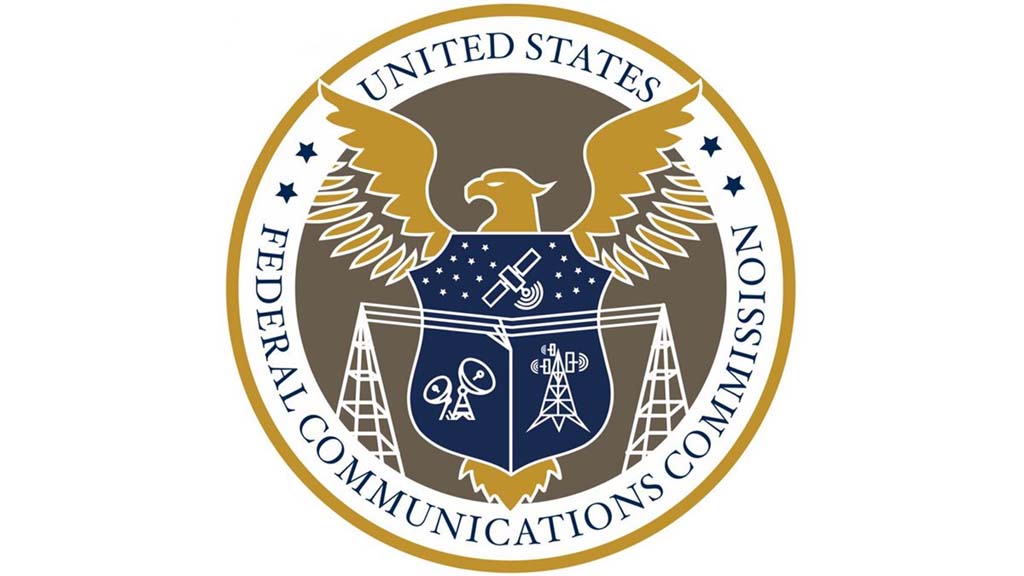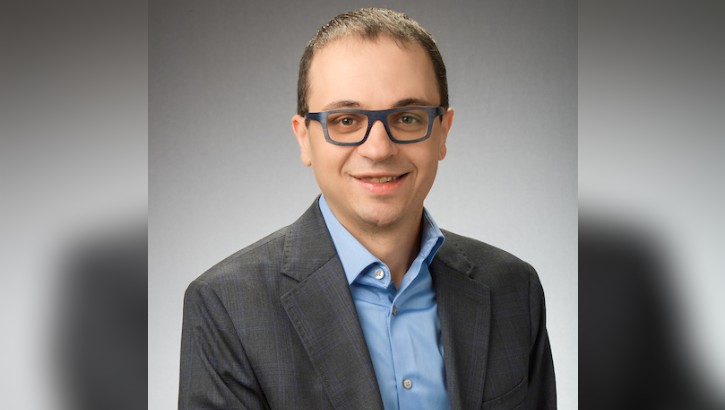Airwaves Battle Brews Over Upper C-Band at FCC
Wireless and aviation industries push for 5G expansion as broadcasters worry for satellite delivery

With the FCC’s spectrum auction authority back in hand, lines in the sand are being drawn for the potential reallocation of the Upper C-Band for 5G mobile broadband use.
The part of the spectrum in question, 3.98–4.2 GHz, is mainly used for satellite distribution, which includes plenty of radio stations that use “receive dishes” for news and syndicated-based programs.
Back in February, the commission sought comment related to whether to open up the upper portion of the C-Band “for more intensive use.”
Then, the passage of the “One Big Beautiful Bill” restored the commission’s authority to auction off the spectrum. Furthermore, the act included a requirement that the FCC must auction at least 100 MHz of the 3.98–4.2 GHz band within two years of its enactment.
Wireless telecom interests urge the commission to move forward with reallocation of the spectrum for 5G. The National Association of Broadcasters opposes it and argues that broadcasters just faced a similar satellite equipment spectrum migration with the 2020 Lower C-Band 5G allocation.
Wireless telecom and aviation industries on board
In an ex parte filing with the commission on Aug. 21, the Aerospace Industries Association, Airlines for America and CTIA-The Wireless Association said that their industries are working together to create a “safe and aggressive timeline” for expanding mobile broadband use in the Upper C-Band.
The professional video industry's #1 source for news, trends and product and tech information. Sign up below.
“Ultimately, we believe that by working together, we can collectively demonstrate a sound technical basis for the commission to auction a significant portion of Upper C-Band spectrum,” the groups wrote.
Among the airline industry’s main concern was coexistence with radio altimeters, which operate in the 4.2–4.4 GHz band.
In demonstrating a united front, the groups said that the U.S. must “maintain its historic leadership in wireless telecommunications and aerospace advancements.”
NAB reiterates satellite delivery importance
Representatives from the NAB met with members of the FCC’s Space Bureau and Wireless Telecommunications Bureau on Aug. 1. NAB recapped the meeting in an ex parte filing.
(View the NAB’s slides that it presented to the commission.)
NAB emphasized the role the band plays for satellite delivery for radio and TV broadcasting.
Examples NAB cited included national news and emergency information, as well as sports and syndicated radio shows.
It also lauded the C-Band’s resistance to rain fade and its ability to achieve “nearly hemispheric coverage” from a single satellite.
Another spectrum migration
The previous allocation of the Lower C-Band, 3.7–3.98 GHz, to 5G services, was successful because most satellite occupants could simply retune equipment to the upper portion of the band, NAB said.
“With those alterations, broadcasters have exhausted their options. As a result, the reallocation of a portion of the Upper C-Band will require many incumbents to move to other platforms,” NAB wrote.
NAB argued that any new platform must preserve the “quality, capability and reliability of C-Band operation” and that all relocation costs must be borne by the new licensees.
It also demanded “enforceable interference protection” for incumbents who remain in the band.
North American Spectrum Alliance points to “marketplace realities”
Finally, members of the North American Spectrum Alliance met with representatives from the FCC’s Wireless Telecommunications Bureau, Space Bureau, Office of General Counsel and the Office of Engineering and Technology on Aug. 18.
[Related: “Introducing the North American Spectrum Alliance”]
The alliance represents a broad range of content creators and distributors, including major sports leagues and broadcasters.
In its ex parte filing, the alliance emphasized that the Upper C-Band is used for satellite downlink services that are paired with the 6.205–6.425 GHz band for uplink services.
The alliance explained that the 6 GHz spectrum is already crowded and that a new auction of the Upper C-Band would make it “more difficult, if not impossible, to find available spectrum” for live broadcast events.
Broadcasters are “barely getting by today” with the current spectrum, the alliance argued.
Interference from 5G operations in the Lower C-Band has already increased since the 2020 auction, leading to “severe degradation” in services, the alliance said. It provided a video as proof of an “unacceptable” level of jitter.
The alliance also argued that relying on a collaborative approach between industries to resolve interference is a “failed solution.”
“If the FCC’s policies are to conform to marketplace realities, then they need to acknowledge that the Upper C-Band remains in high demand and that broadcasters require this asset to continue to provide the services they need to respond to the market demand for their programming,” the alliance wrote.
What’s next?
The comment period pertaining to the commission’s original notice of inquiry into Upper C-Band has already passed.
Chairman Brendan Carr has said on multiple occasions that the FCC needs to free up more spectrum, and that doing so “is key to restoring America’s leadership in wireless.”
The aggressive timeline in the One Big Beautiful Bill Act makes pretty clear that it’s a matter of when the FCC announces a notice for proposed rulemaking on the Upper C-Band spectrum, as Wiley’s Telecom, Media & Technology Practice wrote on July 7.
“As disputes over particular bands emerge, we expect Congress to remain heavily engaged and to defend industry and federal interests as needed,” Wiley said.
(Editor's note: This article originally appeared in our sister publication Radio World. See more on their Business and Law Page)
Nick Langan is a content producer and staff writer for Radio World, having joined the editorial team in 2024. He has a lifelong passion for long-distance FM radio propagation and is a faculty advisor for 89.1 WXVU(FM). He is also the creator of RadioLand, an FM radio location mobile app, which he completed for his Villanova University graduate thesis.

